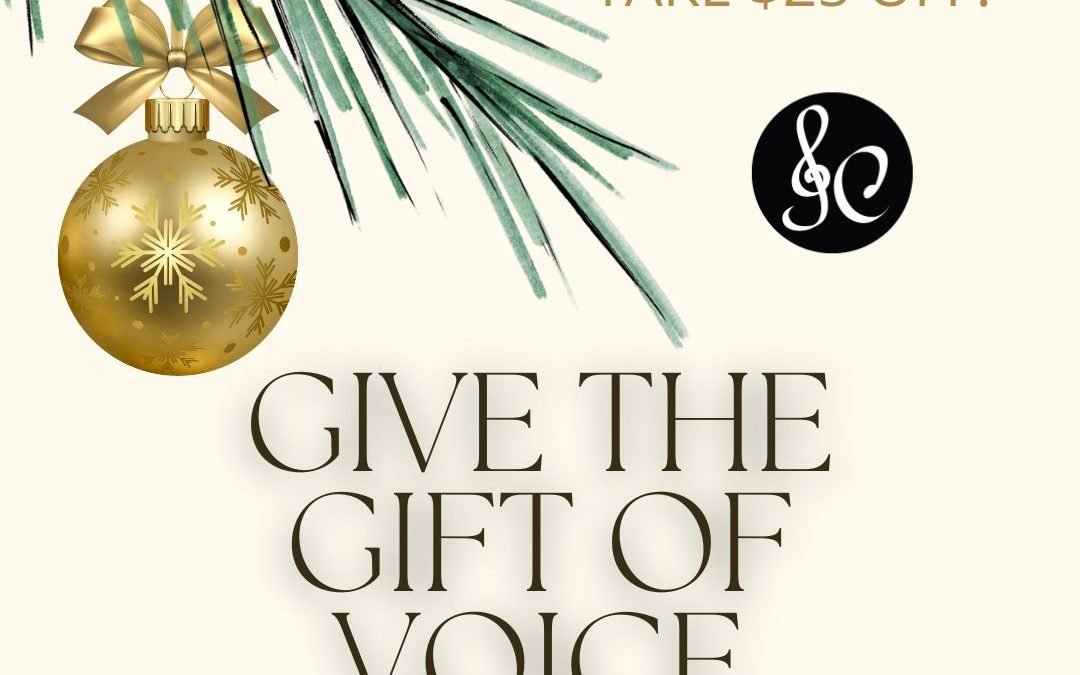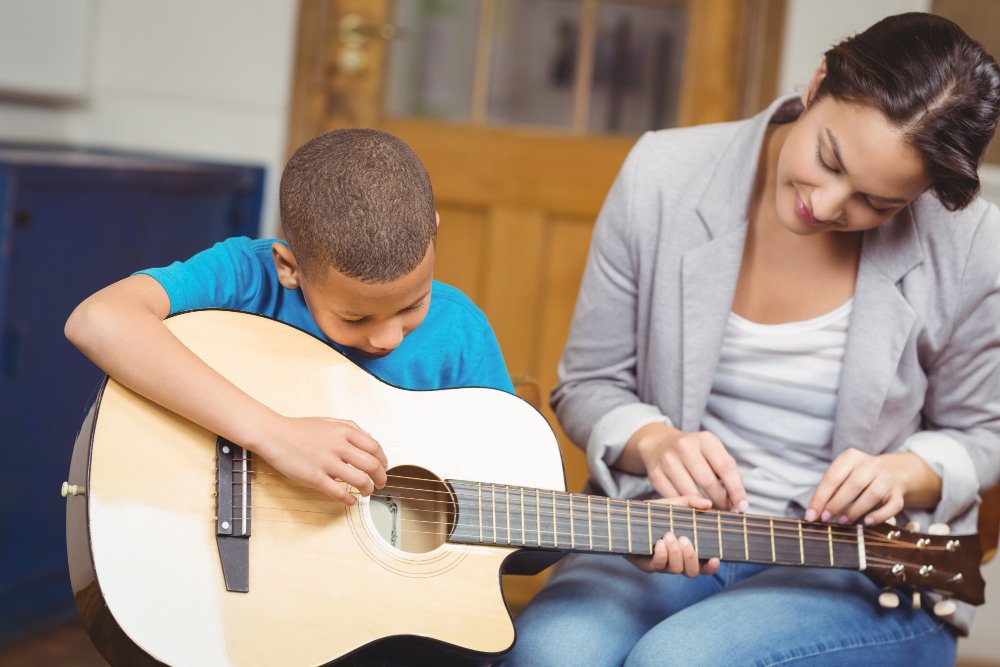
Happy Thanksgiving
Happy Thanksgiving to you all! I’m so thankful to have a business that has kept

Happy Thanksgiving to you all! I’m so thankful to have a business that has kept

I’m so thankful to have a thriving business through the pandemic season. Last year I

Give the Gift of Voice Lessons this Holiday Season to a loved one, friend, or

It’s crucial to understand the profound connection between aging and voice in singing. The human voice represents our most intimate instrument, deeply affected by voice changes with age through every life stage. As our bodies tell unique stories, aging voice changes create distinct vocal signatures that demand specialized attention. Vocal

The search for a vocal coach can feel overwhelming, but my experience shows this investment pays off tremendously for serious

The intricate relationship between singing psychology and vocal performance has been a focal point of research and discussion among vocal

I’ve noticed that the more I correct a student’s mistakes, the more discouraged they become.

I have found that giving a estimated time to practice may not be sufficient to

When you’re teaching music for several hours a day, comfort isn’t just a luxury—it’s a

I’ve recently discovered the Whiteboard feature on Zoom which helps engage my students. It’s been helpful to introduce new concepts such as notes, rhythm, dynamics, phrasing, etc. I can draw on the page and the student can also write as well. All you have to do is share the screen and select Whiteboard and you can draw again. There are multiple colors to distinguish what the host (me as the teacher) is drawing and what the student it drawing. It’s

When you’re teaching music for several hours a day, comfort isn’t just a luxury—it’s a necessity. I learned this the hard way after spending years on a standard piano bench. While benches may look traditional, most don’t have adjustable height or proper support. For me, that meant constant stiffness in my back after long lessons. Eventually, I realized that if I was going to keep teaching effectively, I needed to take my studio setup seriously. The first big change I

A lot of my students pick songs that require some sort of belting or their higher register voice before they reach their head voice. During that mid range, it’s common to stop being mindful of using your diaphragm support muscles and compromise by using the throat or mouth to manipulate the tone they want to produce. Often times, this creates strain in the throat and jaw. Then the repetitive wrong technique becomes a bad habit to undo. What I have

I have found that giving a estimated time to practice may not be sufficient to help students how to practice. They know that they should practice 15-20 min a day but HOW they practice determines how successful their practice time is. So instead of just instructing my student to practice for a certain amount of time, I’ve also added how many times they should practice each song as well as which measures of the song to target first. I have

If you’ve ever sang high and lot notes, you’ll often find a place of tension in between your high and low registers. That’s what we call your breaking point. Though there are some variations, this break is normally experienced from the E to F# above Middle C for men. For women, it is either those same notes an octave higher, or a Bb to a C# above Middle C. To smooth out your breaking point, there are a few exercises you can do.

I’ve noticed that the more I correct a student’s mistakes, the more discouraged they become. Early in my teaching career, I thought pointing out every wrong note, rhythm, or missed detail was helping them improve. Over the years, after seeing students lose motivation or even quit, I realized the key is to focus on what they are doing right. This is especially true for students who love to please. Some of them want so badly to make me proud that

I’m so thankful to have a thriving business through the pandemic season. Last year I had 23 students including adults and younger children. We had a successful recital where people sang duets, played in their first recital and accomplished some difficult songs. This year, I’m looking forward to having an “Invite a Friend” to your lesson day. The benefits of doing such are: 1. The friend gets to experience what it’s like to be in a piano lesson 2. The

It’s normal for parents to want to expose their child to music early and get them on the fast track. However, it’s more important to consider what works best for each stage of development. From birth to about age three, I recommend introducing music through fun group singing classes that help children learn rhythm and instruments through movement and play. Between ages four and five, you can start checking your child’s readiness for more structured learning. At this stage, children

In the beginning, students are usually eager to practice. But after a while, the excitement can wear off and the routine can feel mundane. So, how do you keep your child (or even yourself) motivated to continue practicing? After teaching for over 13 years, I’ve discovered these 5 strategies to be the most helpful in keeping students motivated and engaged in their musical journey: 1. Find the Right Teacher The teacher-student relationship is crucial. You want to find a vocal

Chest voice is the same voice that you speak in, the lowest register of your voice, and you’ll feel the resonance or vibration in your chest. You vocal folds are vibrating through their entire length when you’re singing chest voice. If you place your hand on your chest, you will feel your chest vibrate when you sing. You typically will use your chest voice when you sing the verses of a song. If you’re not sure about your chest voice,